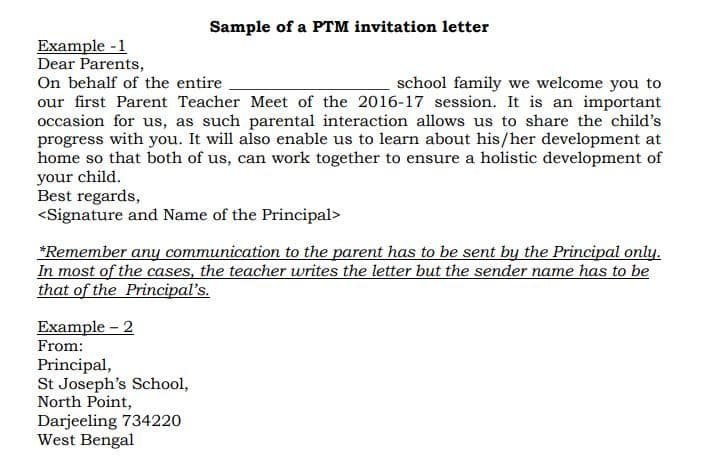The Early Years Physical Activity Facilitator module in Class 10 introduces students to the essential concepts of physical activity in early childhood.
Early Years Physical Activity Facilitator Class 10 Solutions
1. What is the code of conduct for a physical activity facilitator?
Answer: Physical Activity Facilitator, commonly known as a Physical Education Teachers are responsible for educating students in health, fitness, and sports in a K-12 school environment. They are qualified educators. Whether they are teaching kindergarten, primary, secondary, or senior secondary, they are responsible for the education of students in health and fitness through physical activities. A physical education teacher teaches students to become a ‘physically educated’ individual. While teachers can be creative with the activities, they have to follow the age-appropriate developmental guidelines.
2. What is personal and professional etiquette?
Answer: The professional etiquette is
- Dress in attire that is appropriate for a physical activity environment while maintaining a high level of professionalism and agreeing with the school’s dress code.
- Arrive at and depart from school in accordance with the school timings, allowing adequate time to prepare for instruction and other administrative and professional responsibilities.
- Communicate effectively with others orally and in writing.
- Present the curriculum using research-based materials from a variety of sources.
- Use a variety of appropriate instruction strategies that are culturally relevant and address all learning styles and ability levels.
3. List at least three points that indicate that a physical activity facilitator collaborates with school staff, parents, and the community.
Answer: The three points that indicate a physical activity facilitator collaborates with school staff are:
- Collaborate with academic teachers in supporting students to provide remedial classes if they have missed their academic classes due to participation in sports.
- Engage school staff and parents in physical activities by organising periodic fitness workshops for them.
- Identify opportunities to incorporate physical education and physical activity into community-building initiatives, themes, and events.
4. List at least five points that indicate that a physical activity facilitator nurtures each student’s cognitive, physical, emotional, and social development.
Answer: The five points that indicate a physical activity facilitator nurtures each student’s cognitive, physical, emotional, and social development are:
- Create and maintain a physically and emotionally safe learning environment for all students.
- Respect each individual’s dignity and worth, and help students value their own identities and appreciate differences in others.
- Foster growth in all students by integrating intellectual, physical, emotional, and social learning.
- Provide a supportive environment for positive social interaction and team building.
- Assist students in becoming active, inquisitive, and perceptive individuals who reflect upon and monitor their own learning.
5. Explain the scope of work of a physical activity facilitator.
Answer: Physical education is a comprehensive concept, and its scope is very wide. It is not limited to mere physical activities or physical exercises. It includes all aspects leading to a holistic development of an individual.
- Plan and organise sports events.
- Ensure safety and risk management.
- Promote inclusive participation.
- Maintain records and documentation.
- Teach fundamental motor skills.
- Support cognitive and emotional development.
- Encourage teamwork and social interaction.
- Collaborate with teachers, parents, and community partners.
6. Why do you think school assembly has to be well planned?
Answer: School assembly is not a routine for gathering; it is a powerful tool for shaping school culture, building community, and inspiring students. It helps the students and teachers to gather in one place to share information, make announcements, and felicitate students and teachers.
7. What are the objectives of a parent-teacher meeting (PTM)?
Answer: A parent-teacher meeting is strategic collaboration between the teachers and parents for supporting child growth. Some of the key objectives of PTM are:
- Identify strengths and areas for improvement.
- Review student progress in academics, behaviour, and social skills.
- Bridge the gap between parents and teachers.
- Discuss learning styles, challenges, and achievements.
- Address academic or behavioural concerns.
- Encourage parental involvement.
8. Draft an invitation letter to invite parents for the parent-teacher meeting (PTM).
Answer:

9. Create and use a PTM feedback form.
Answer:

Disclaimer: We have taken an effort to provide you with the accurate handout of “Early Years Physical Activity Facilitator Class 10 Solutions“. If you feel that there is any error or mistake, please contact me at anuraganand2017@gmail.com.
The above CBSE study material present on our websites is for education purpose, not our copyrights. All the above content and Screenshot are taken from Physical Activity Trainer Class 10 (Code 418) NCERT Textbook/ CBSE Textbook, CBSE Sample Paper, CBSE Old Sample Paper, CBSE Board Paper and CBSE Support Material which is present in CBSEACADEMIC website, NCERT websiteThis Textbook and Support Material are legally copyright by Central Board of Secondary Education. We are only providing a medium and helping the students to improve the performances in the examination.
Images and content shown above are the property of individual organizations and are used here for reference purposes only.
For more information, refer to the official CBSE textbooks available at cbseacademic.nic.in
